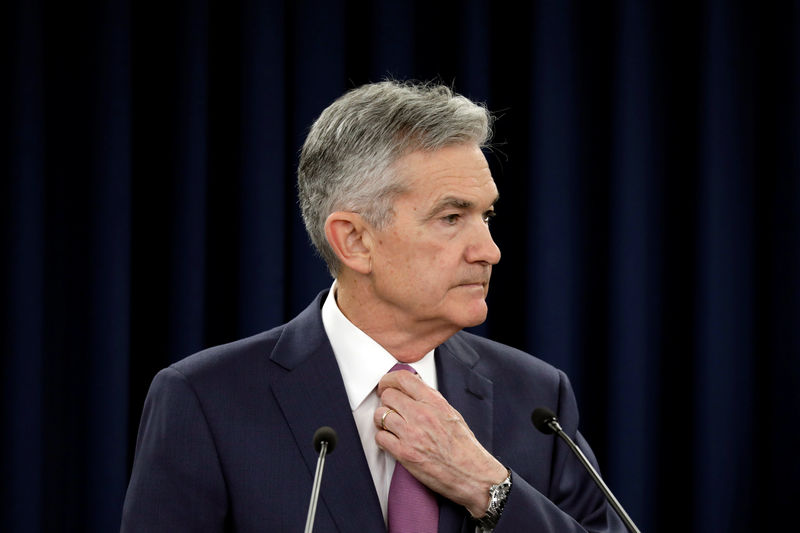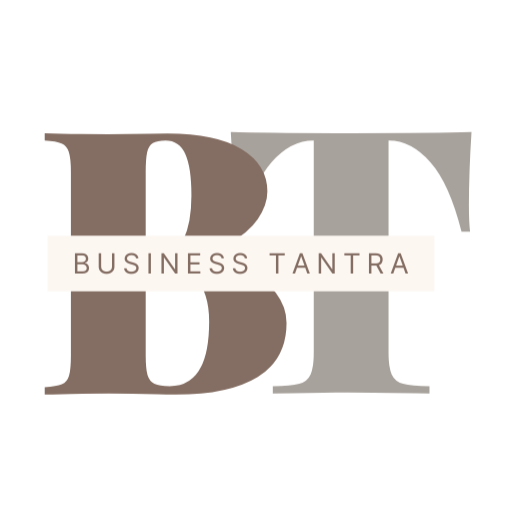Powell’s Quarter-Point Hike Call, Risks Fed Falling Further Behind Inflation Job By Investing.com
[ad_1]

© Reuters.
By Yasin Ebrahim
Investing.com — Federal Reserve chairman Jerome Powell confirmed plans this week to back a 25-basis point rate increase at the March meeting, but a quarter-point hike risks the Fed falling even further behind in its efforts to curb inflation.
“A 25 basis points rate hike at the March meeting would be a no decision as opposed to a decision … and it’s not going pull the handbrake on the inflation momentum that arguably is being further fueled [by the Russia-Ukraine conflict], Johan Grahn, head of ETF Strategy at Allianz told Investing.com in an interview on Monday, ahead of Fed chairman Jerome Powell’s remarks earlier this week.
In testimony before Congress, Powell said he would support a 25-basis point, or 0.25%, rate hike in March, though added that he was “prepared to raise by more than that in a meeting or meetings” if inflation doesn’t subside later this year as expected.
Powell also flagged the “highly uncertain” impact to the economic outlook from the fallout of the Russia-Ukraine conflict.
But while uncertainty appears to be the only certainty concerning the outcome of the Ukraine crisis, the Fed still has a job to do. That job, the dual mandate job, is to maximize employment and ensure stable prices.
In 2020, the Fed tweaked the framework it used to react to changes in inflation and labor market trends.
Under this new framework, “employment is an important driver of policy decisions when there’s excess slack in the labor market, but it drops out completely once the unemployment rate dips below 4%…,” Jefferies said in a report earlier this year.
With the unemployment rate running below 4%, the Fed’s dual mandate has arguably become a one-dual mandate to curb the pace of inflation now running at a 40-year high of 7.5%.
Fresh inflation data due next week ahead of the Fed’s March 15-16 meeting, is expected to show that rose to nearly 8% last month, and is likely to remain elevated as “Russia’s invasion of Ukraine has caused significant swings in commodity prices, which will no doubt exert upward pressure on inflation in the coming months,” according to Jefferies.
Earlier this week, Powell confirmed what the market has known for a while: the Fed is well behind the curve on inflation, and it’s pretty much an inside job as the central bank was too slow to react to signs of elevated price pressures.
“We would have engaged our tools earlier,” Powell said earlier this week after conceded that the central bank’s expectations for supply-side problems to dissipate at a faster pace failed to materialize.
In the wake of the Ukraine crisis that threatens global growth and is set to ramp up the pace of inflation, the Fed unfortunately finds itself between a rock and hard a place.
Hike rates too aggressively slowing an economy that is already expected to decelerate amid red-hot inflation, increases the risk of stagflation ahead. But hike cautiously, and there’s little room for flexibility to save the economy in the event of a significant slowdown.
“If you don’t have a way to treat the patient down the road … this could be in two, three, or maybe five years, it becomes really dangerous, and now we’re talking about a much longer secular type of [stagflation] problem.
“In my view, it’s so critical that the Fed stay on point as we are off an already delayed rate hike cycle,” Grahn added.
[ad_2]
Source link










